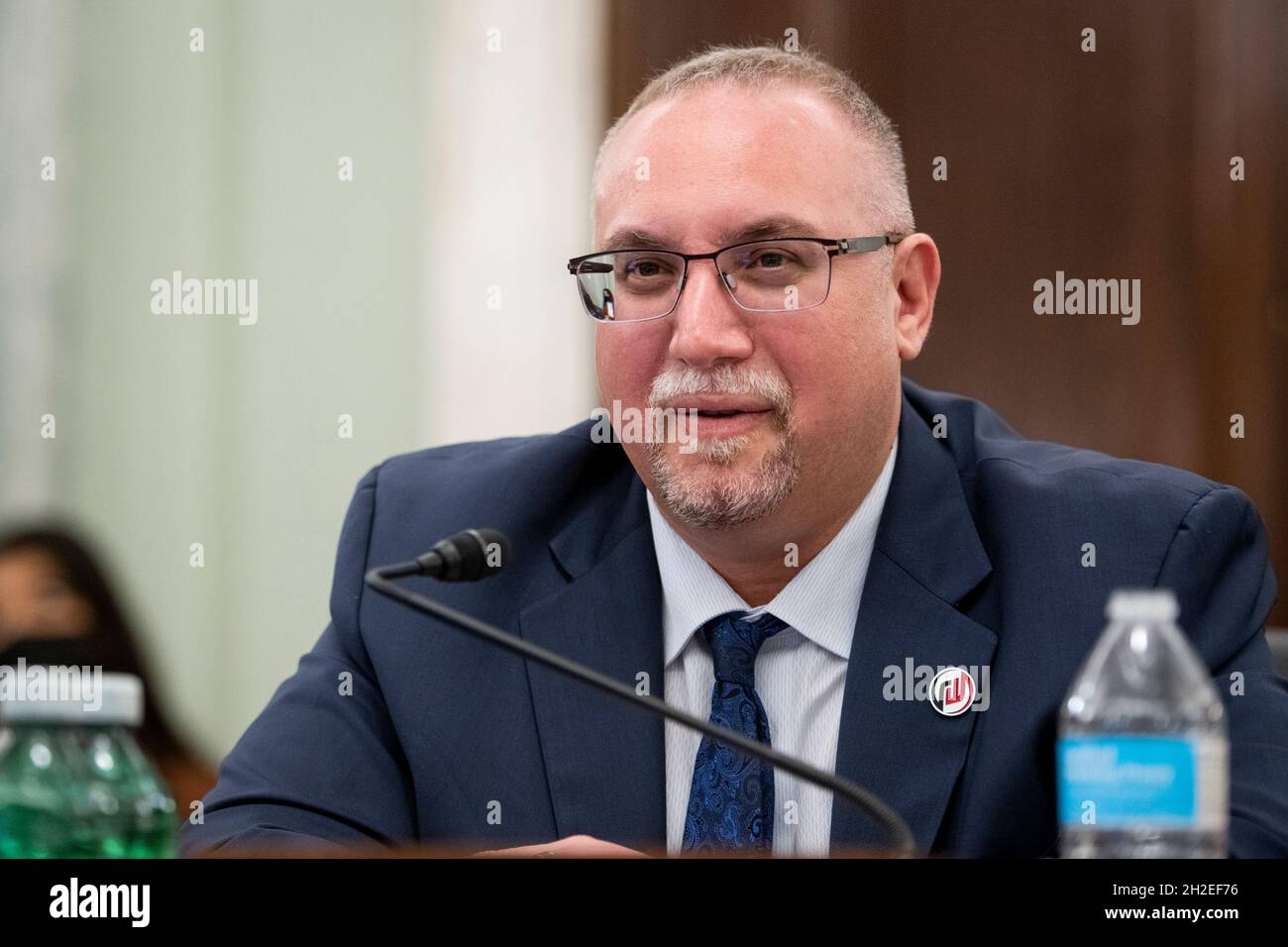

A second series of tests established the effect of the distance S of the detached structure (length B) from the shoreline on its evolution and on the deposited and eroded sand volumes at the leeside of the structure. It was demonstrated that time has negative impact on wave damping, at least during the period where the bed in the vicinity of the structure evolves to its equilibrium state. The evolution of the shoreline and the transmission coefficient of the structure were determined using a first series of tests. The bed material was made of a granular, fine sand with a diameter d50 = 0.18 mm. The efficiency of detached brushwood fences built on a movable bed was tested under the action of waves with fixed characteristics. The relative freeboard, wave steepness and the porosity are the three key variables in the response of the structure regarding wave damping. When the structure is submerged, every dimensionless variable has a differentiated effect on the transmission coefficient in comparison to the condition when the structure is emerging.

The response of the structure has to be treated separately in relation to its immersion condition. It takes into account the geometrical characteristics of the structure as well as the local hydrodynamic conditions. The analysis of their effect on the performance of the protection structure allowed the establishment of an empirical relationship for the transmission coefficient. The response of the structure regarding the transmission coefficient has been analyzed for five dimensionless variables: 1) the relative freeboard of the structure Rc/Hi, 2) its relative height h/Hi, 3) the relative wave number kd, 4) the wave steepness Hi /gT2, and 5) the porosity of the structure p. A downscaled model of 1 : 10 was built on a fixed bed, and then tested in a wave tank of 10 m length and 6 m width under incoming perpendicular and regular waves. By means of experimental and numerical modelling, the performance of a typical soft measure, called brushwood fence, was investigated in hydrodynamic conditions similar to those found in reality.
Logiciel mike 21 how to#
Although such solutions proved their efficiency, they raised a new challenge for engineers: how to build soft and porous media that take into consideration the hydraulic and hydrodynamic conditions of the project site, and enhance its efficiency in sand trapping and shoreline accretion. In order mitigate this increased erosion and enhance the shore stability by sustainable coastal structures, pioneer and soft measures have been built during the past decades. It occurs mainly in shallow zones due to several reasons such as: the fluctuations of the water level, the wind-wave impact during major wind events, and the increasing effect of incident waves due to solid reenforcement by non-adapted protection measures. Shore protection in confined water bodies is of major importance in Switzerland where many lakes suffer severe shore erosion.


 0 kommentar(er)
0 kommentar(er)
